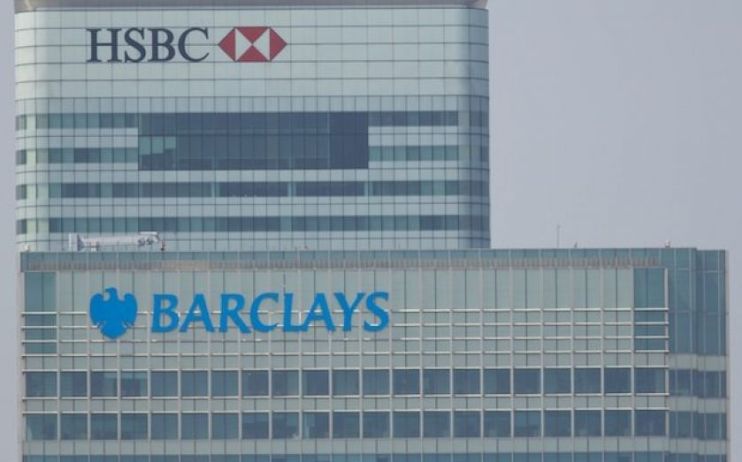Inside the world of clearing banks: Is the Bank of London worth the 250 year wait?

Late last year the Bank of London became just the second clearing bank to launch in the UK for 250 years. The bank made its market debut with a $1.1bn valuation. It’s the first pre-revenue bank ever to reach unicorn status upon entering the market. You couldn’t ask for a more promising start.
Chairman Harvey Schwartz and CEO Anthony Watson want to take on the Big Four UK banks and attack what they see as the “arcane and sleepy” world of global payments infrastructure. They want to make it easier for small and large businesses to make payments with cheaper, faster and safer transactions.
The Bank of London has young, driven and hungry executives. They have a fresh brand, a clear vision and the technological nous to create a better user experience. But the market is a little more complicated than their press announcements would lead you to believe.
The shake-up of the global financial services infrastructure is already well underway. Over the past decade, a new generation of FinTechs rose up to be the changemakers in this space. Wise, Block and Stripe are virtually household names, such is their influence. The FinTech fraternity is thriving and constantly breaking new ground. For example, Stripe was last valued at $95bn and has just inked a deal with TikTok which allows US users to directly tip US-based content creators.
The prevailing narrative of banks being left behind by their younger, trendier FinTech counterparts is an oversimplification of the reality. Banks do have enormous legacy systems which need to be reformed, but their bosses are already investing billions in adaptation and partnering with pioneering FinTechs to give them the digital capabilities they don’t have in-house. There will be more and more space for banks and FinTechs to collaborate and feed off one another to reach different types of customers. Local entrepreneurs and international companies will always have different needs that different financial services can satisfy.
Many businesses might choose to remain with their existing provider, partly due to inertia, partly because banks are already evolving to meet their requirements. When a business does need to access a particular service beyond their bank’s remit – for example, faster, cheaper cross-border payments – they can turn to specialised FinTechs or payments services providers to avoid the inconvenience and disruption of changing their business bank account.
Yet, the Bank of London will have its day. The sophistication and breadth of the bank’s offering, especially the option for companies to lift banking operations for use in their own business, will surely draw customers. As will the idea of a one-stop shop with the organisation and resources of a traditional bank which can ease the flow of payments for larger businesses with huge amounts of money to move.
The real impact of the Bank of London’s launch will take years to become obvious. The legacy of the Big Four and the loyalty they’ve accrued over time, as well as the range of solutions already on the market, means customer acquisition will be a slow process. The bank will have to fight hard to show it’s a viable offering, giving better value. But it has wide ranging talent, and is well funded. It will, surely, become a serious player in the years ahead.
